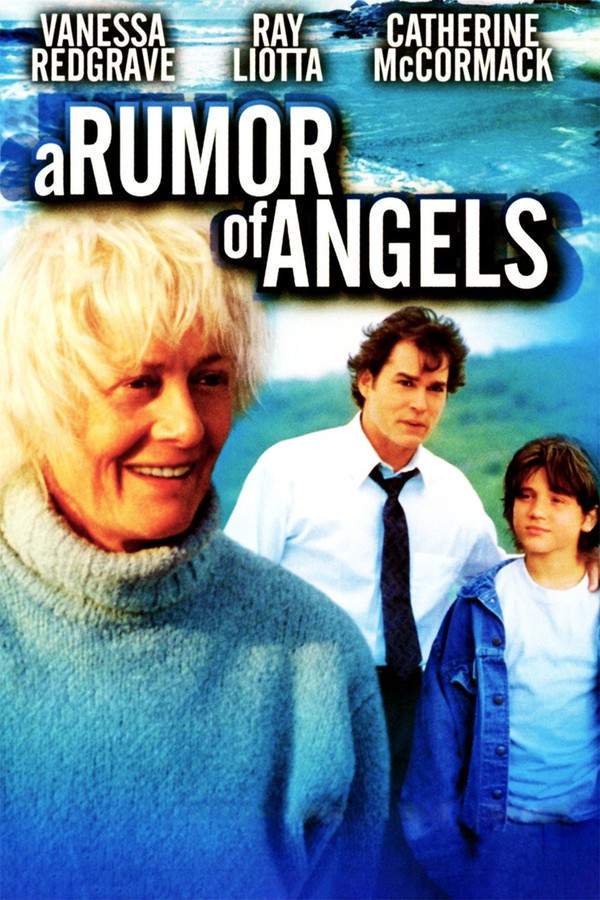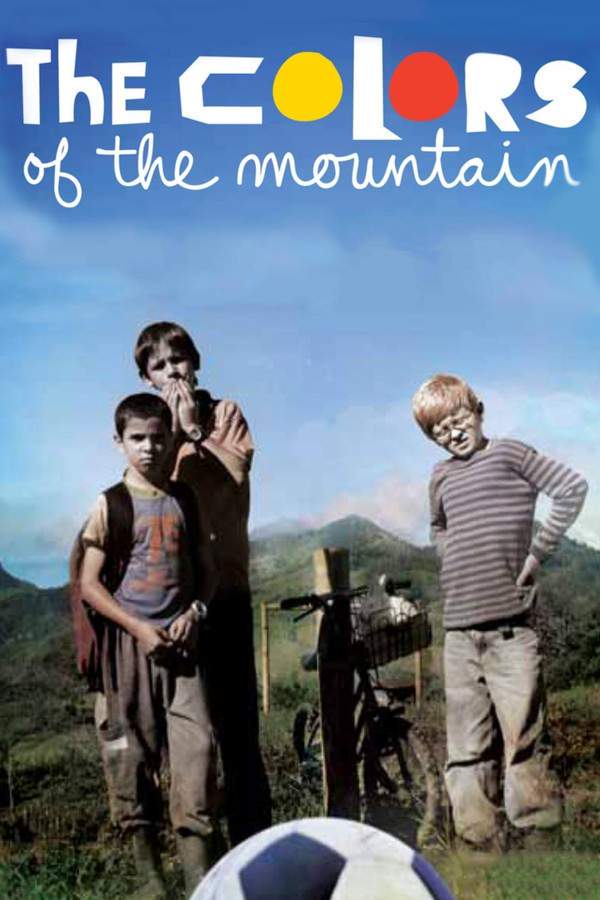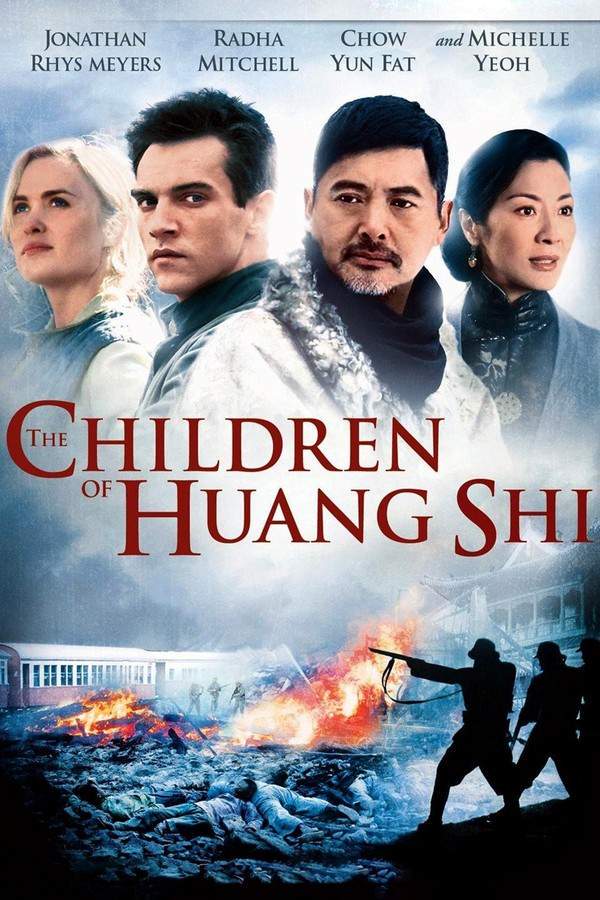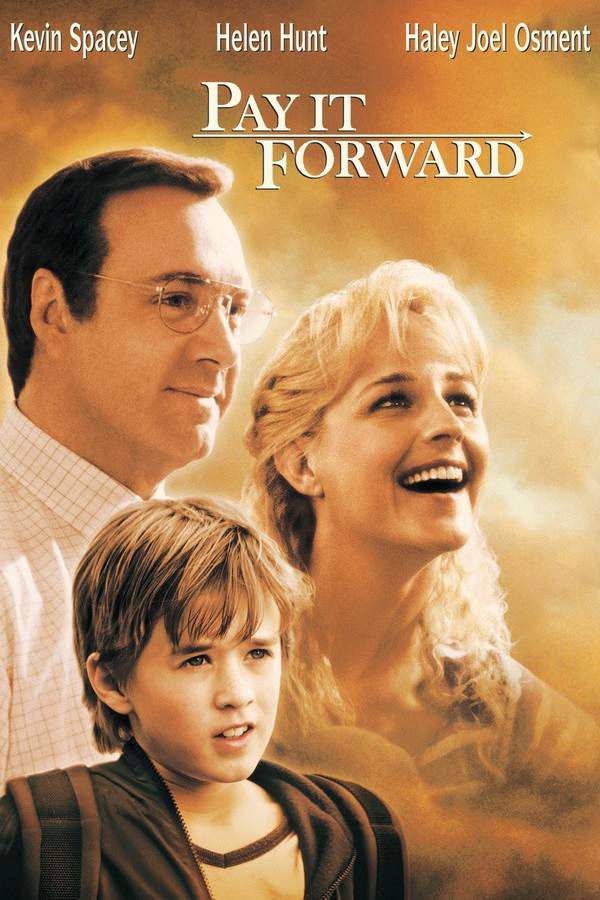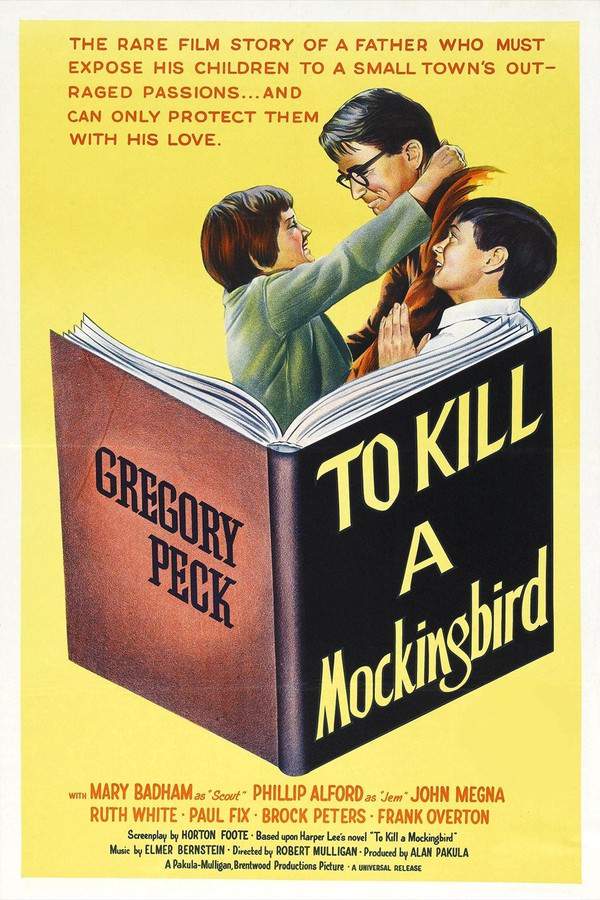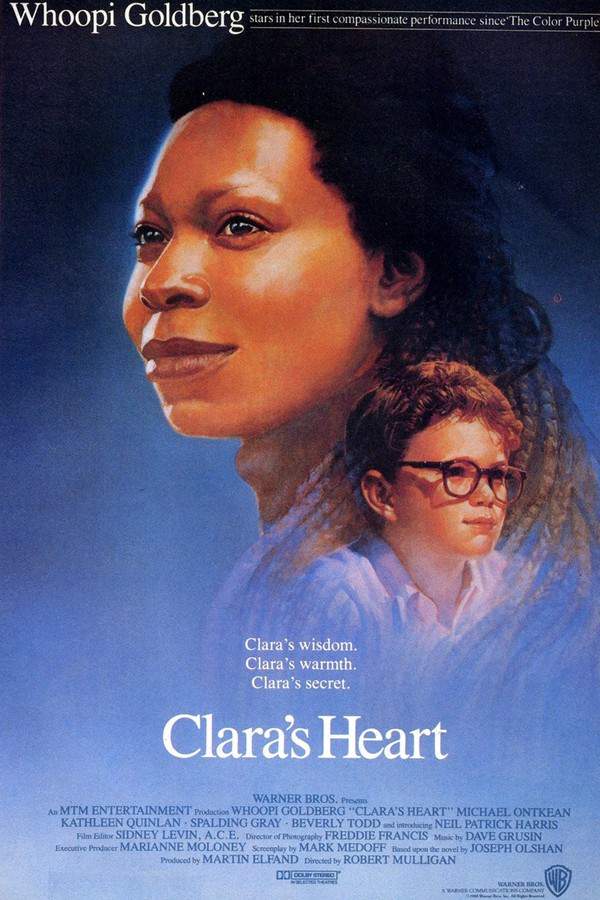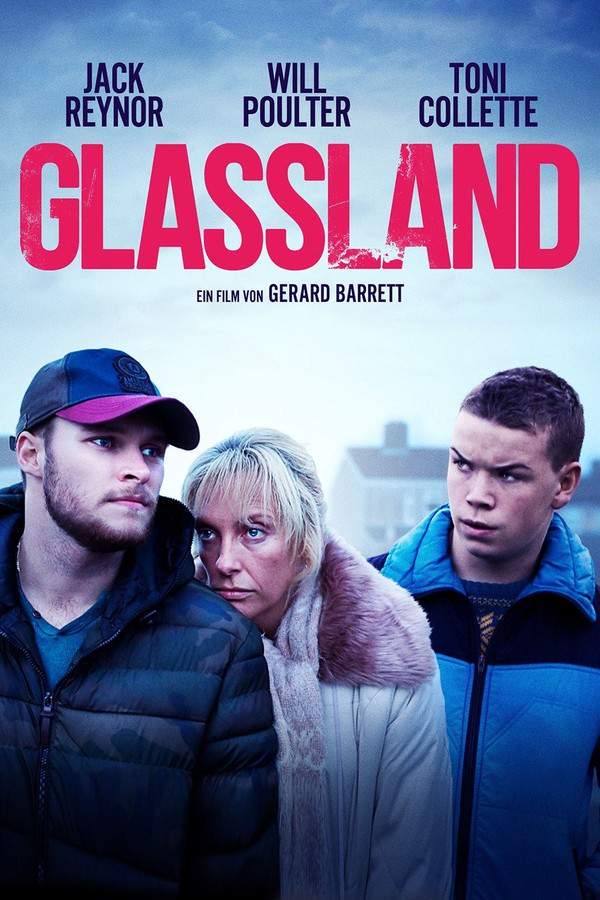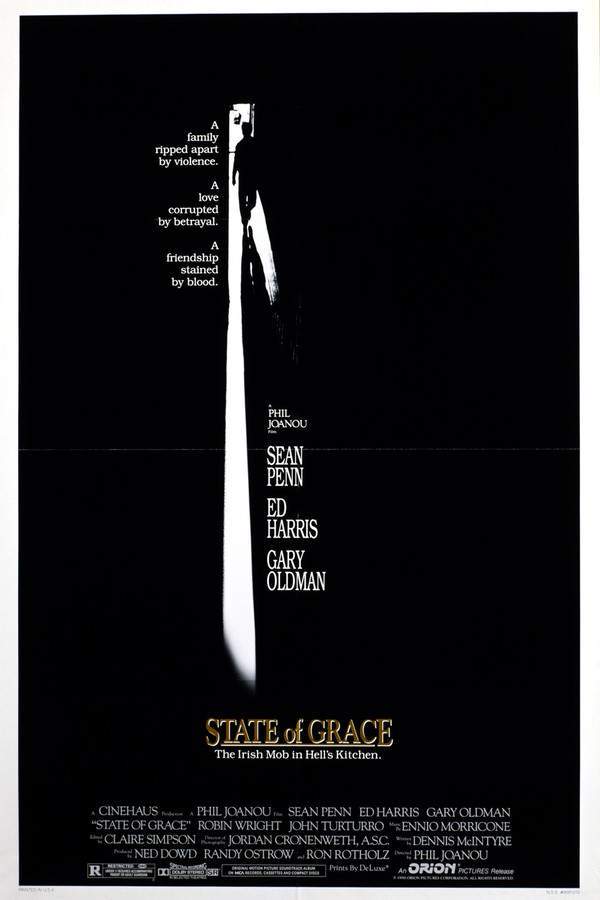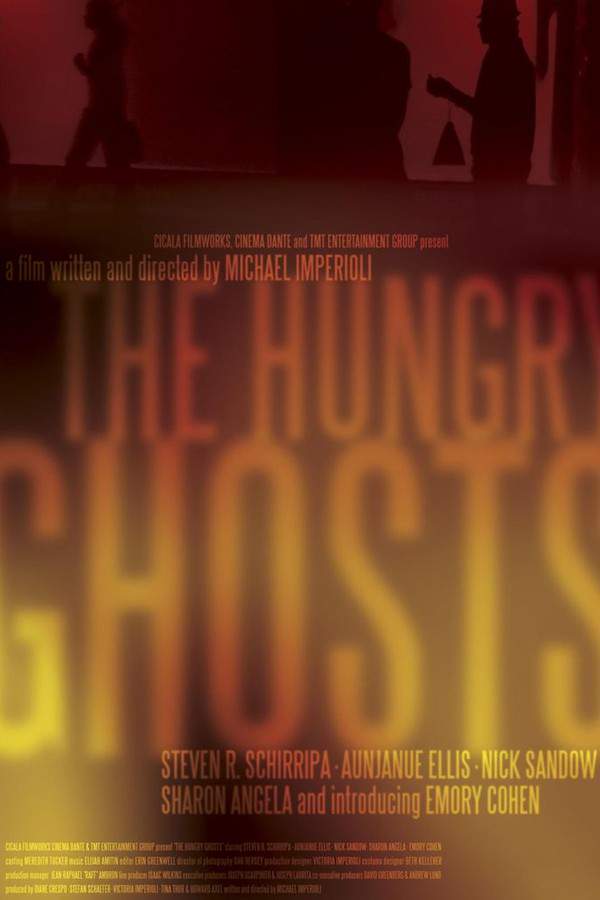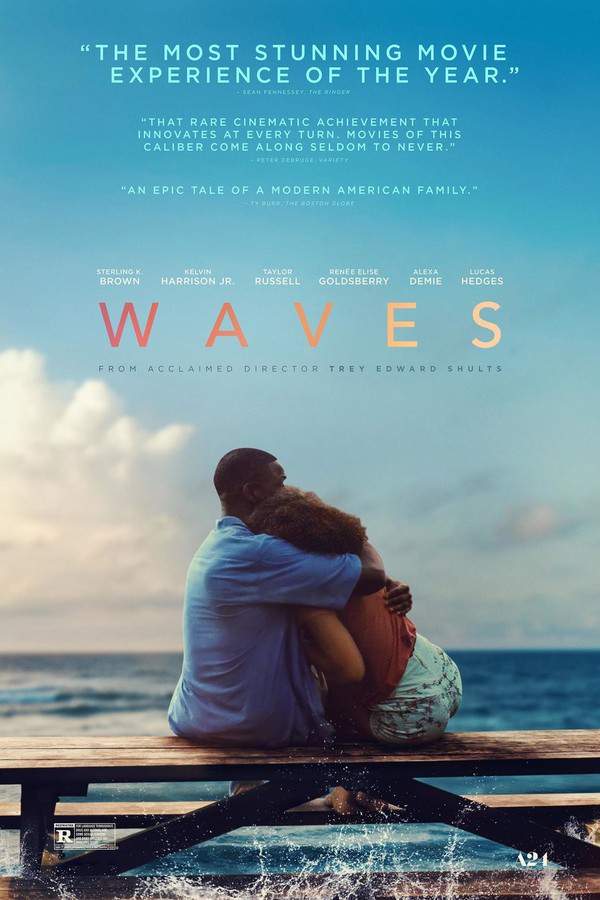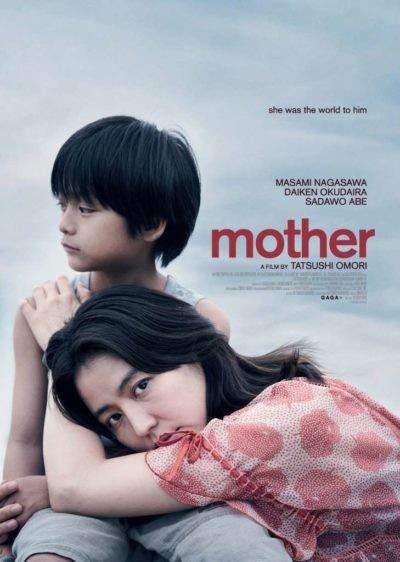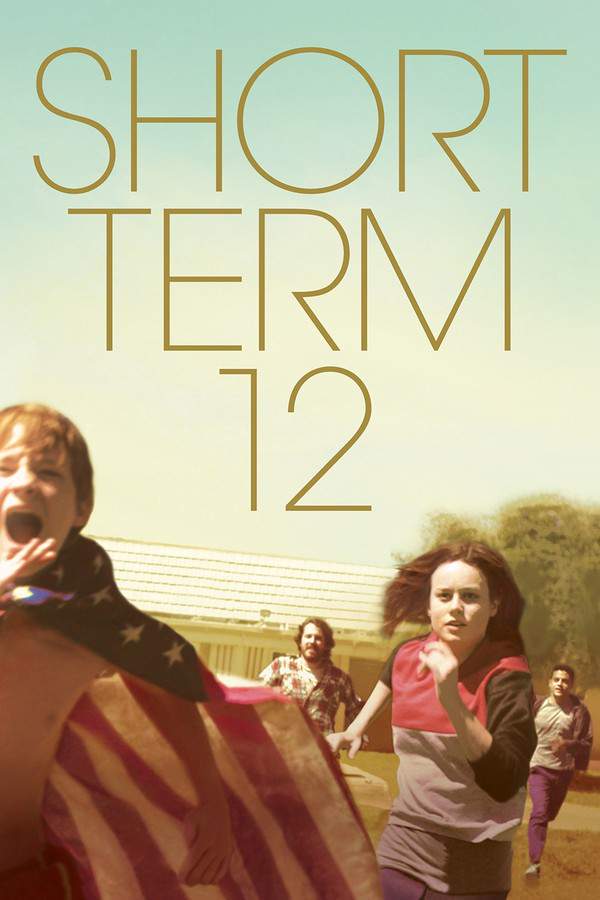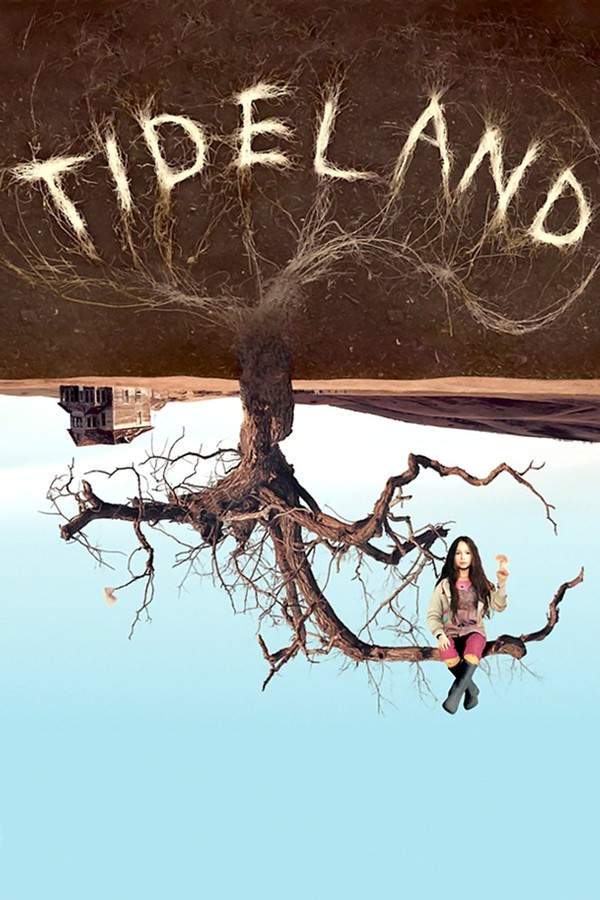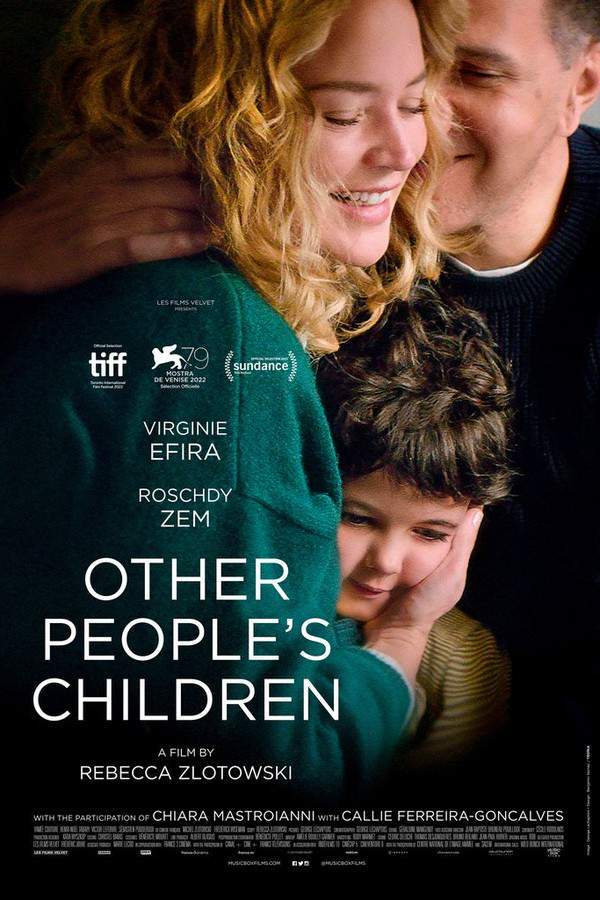
The Florida Project
On the edge of the Magic Kingdom in Orlando, six-year-old Moonee and her mother, Halley, live in a budget motel. Moonee embraces a life of adventure with her friends, finding joy in their surroundings. However, Halley faces significant financial challenges, struggling to provide for them. The story explores their resilience and the sacrifices made while navigating difficult circumstances and pursuing hope.
Warning: spoilers below!
Haven’t seen The Florida Project yet? This summary contains major spoilers. Bookmark the page, watch the movie, and come back for the full breakdown. If you're ready, scroll on and relive the story!
The Florida Project (2017) – Full Plot Summary & Ending Explained
Read the complete plot breakdown of The Florida Project (2017), including all key story events, major twists, and the ending explained in detail. Discover what really happened—and what it all means.
In the vibrant town of Kissimmee, Florida, young Dicky, portrayed by Aiden Malik, excitedly brings his friends, six-year-old Moonee (Brooklynn Prince) and Scooty (Christopher Rivera), to explore the nearby seedy motel known as Future Land. Their day begins mischievously as they climb to the second-floor balcony, engaging in playful antics by spitting on a car. This attracts the attention of the car’s owner, Stacy (Josie Olivo), who promptly reprimands them, especially when Moonee targets Stacy’s granddaughter, Jancey (Valeria Cotto).
Stacy swiftly heads to the adjacent Magic Castle Motel, where the trio resides, and alerts the manager, Bobby (Willem Dafoe). Bobby approaches Halley, Moonee’s young mother played by Bria Vinaite, about the children’s behavior. Consequently, Moonee and her friends are coerced into cleaning up the mess they made on Stacy’s car.
Halley and Moonee’s extended stay at Magic Castle is a result of their financial struggles, shared by many residents, including Scooty and his teenage mother Ashley (Mela Murder), who manages to bring Moonee and Halley a few meals from her restaurant job. Having once worked as a stripper, Halley is now desperately trying to scrape together enough money for rent.
As the days pass, Moonee and Scooty join forces to play and search for Dicky, but his father keeps him punished for their earlier antics. They soon invite Jancey to join in on their adventures, crossing local streets to visit an ice cream shop where they charm strangers into handing them spare change for a shared ice cream cone.
That evening, the children observe a young couple mistakenly check into the motel, thinking they had booked a stay at the more renowned Magic Kingdom hotel next to Walt Disney World. Their summer vacations are filled with innocent mischief, like sneaking peeks at women sunbathing and even shutting off the motel’s power, leading to chaos as residents grumble in the heat.
As the cycle of summer fun unfolds, they face significant changes. Dicky and his father prepare to leave for New Orleans, bidding farewell to their friends while giving away old toys—a gesture that tugs at everyone’s heartstrings.
Moonee, Jancey, and Scooty then find themselves in an abandoned house, where curiosity has dire consequences when a stolen lighter leads to a major fire, sending the kids racing home to evade responsibility. This incident results in Scooty’s mother forbidding him from spending time with Moonee, causing a rift in their close-knit friendship.
In retaliation, Halley takes Moonee to Ashley’s workplace, demanding a hearty meal where she casually dismisses the uneaten food. Later, while painting outside, Bobby expresses suspicion towards an elderly man named Charlie (Carl Bradfield), determined to protect the children from potential harm.
As weeks pass, Halley’s desperation drives her to sell perfume door-to-door and, eventually, to resort to prostitution, all while hiding Moonee in the bathroom during appointments. Bobby finds himself in the middle of the fallout, defending Halley to potential clients, but he asserts strict boundaries to ensure the children’s safety.
Desperation intertwines with the harsh realities of life; Halley’s actions lead her to confrontations and strained relationships, culminating in a tense visit from authorities. When social services arrive to assess Halley and Moonee’s living conditions, tension mounts, forcing a dramatic climax.
As Moonee tries to escape her impending separation from Halley, she runs through the neighborhood, seeking solace in her friendship with Jancey. Together, they flee to the enchanting world of Walt Disney, darting through the park until they reach the Magic Kingdom castle, leaving viewers with a poignant and stirring conclusion to their tumultuous summer.
Last Updated: November 15, 2024 at 19:16
Ending Explained – What Happens at the End of The Florida Project?
Still wondering what the ending of The Florida Project (2017) really means? Here’s a spoiler-heavy breakdown of the final scene, major twists, and the deeper themes that shape the film’s conclusion.
The ending of The Florida Project leaves viewers with a powerful sense of both hope and ambiguity. After the authorities arrive at the Magic Castle motel to take Moonee into foster care, she manages to escape and runs off with her friend Jancey, leaving her bleak surroundings behind. They head toward Disney World, weaving through the crowds and eventually reaching Cinderella Castle, which stands as a symbol of magic and wonder. This final scene is shown from Moonee’s perspective, emphasizing her childlike imagination and resilience. However, whether this escape truly happened or is a product of Moonee’s vivid imagination remains deliberately unclear, as director Sean Baker designed the ending to invite interpretation. Some believe Moonee might have only fantasized this joyful escape, highlighting her innocence and the power of childhood imagination to create moments of happiness amid hardship. Others see it as a genuine escape, embodying hope that even in the toughest circumstances, children can find joy and wonder.
The film also subtly explores what happened to Halley after her daughter’s departure. While it’s likely she lost custody of Moonee due to her circumstances, she is depicted as a loving, desperate mother trying her best to hold things together. Her confrontations and questionable choices paint a complex picture of a woman struggling against systemic and personal hardships. She probably fought to regain custody, but the lack of resources and support makes it incredibly difficult, ultimately ending with her being left behind to face the reality of her situation.
The ambiguity surrounding whether Moonee’s final scene is real or imagined underscores the film’s core message: children possess an extraordinary ability to find joy in the smallest of things, despite their circumstances. The ending emphasizes the resilience of childhood innocence and imagination, showing that even in extreme poverty, hope, and wonder can still flourish through the eyes of a child. Ultimately, The Florida Project’s conclusion is both a celebration of childhood’s capacity for happiness and a poignant commentary on the struggles faced by those living on society’s margins. It leaves viewers contemplating whether Moonee’s escape is a fleeting dream or a symbol of the unbreakable spirit of childhood perseverance.
Last Updated: June 25, 2025 at 08:57
Explore Movie Threads
Discover curated groups of movies connected by mood, themes, and story style. Browse collections built around emotion, atmosphere, and narrative focus to easily find films that match what you feel like watching right now.
Movies portraying childhood innocence like The Florida Project
Stories told through children's eyes, where joy and wonder clash with adult struggles.Find more movies like The Florida Project that explore the world through a child's eyes, where the magic of youth contrasts with difficult realities. These similar dramas focus on resilient kids, the bittersweet tone of innocence, and stories of friendship amidst challenging circumstances.
Narrative Summary
Narratives in this thread often follow a straightforward, observational structure, building the daily life of a child protagonist. The central conflict is typically indirect, arising from the growing tension between the character's joyful existence and the encroaching adult problems they are shielded from, but which threaten their world.
Why These Movies?
Movies are grouped here for their shared focus on the juxtaposition of childhood wonder with adult desperation. They share a bittersweet tone, a medium intensity driven by emotional realism, and a heavy emotional weight stemming from the fragility of innocence.
Gritty dramas of resilience and poverty like The Florida Project
Character-driven stories about people fighting to survive in overlooked communities.If you liked The Florida Project, explore other gritty and emotionally heavy dramas about resilience. These similar movies feature characters battling poverty, single parenthood, and systemic neglect, all set within specific, often overlooked communities, and told with a steady, realistic pace.
Narrative Summary
The narrative pattern involves a steady, almost episodic build-up of daily life pressures that gradually escalate into a crisis. The character journey is one of endurance and sacrifice, often leading to morally ambiguous choices, with endings that are open-ended or bittersweet, reflecting the ongoing nature of the struggle.
Why These Movies?
This thread groups films based on their shared gritty mood, heavy emotional weight stemming from real-world struggles, and a steady pacing that immerses the viewer in a specific subculture or environment. The central theme of resilience in the face of overwhelming odds creates a cohesive viewing experience.
Unlock the Full Story of The Florida Project
Don't stop at just watching — explore The Florida Project in full detail. From the complete plot summary and scene-by-scene timeline to character breakdowns, thematic analysis, and a deep dive into the ending — every page helps you truly understand what The Florida Project is all about. Plus, discover what's next after the movie.
The Florida Project Timeline
Track the full timeline of The Florida Project with every major event arranged chronologically. Perfect for decoding non-linear storytelling, flashbacks, or parallel narratives with a clear scene-by-scene breakdown.

Characters, Settings & Themes in The Florida Project
Discover the characters, locations, and core themes that shape The Florida Project. Get insights into symbolic elements, setting significance, and deeper narrative meaning — ideal for thematic analysis and movie breakdowns.

The Florida Project Ending Explained
What really happened at the end of The Florida Project? This detailed ending explained page breaks down final scenes, hidden clues, and alternate interpretations with expert analysis and viewer theories.

The Florida Project Spoiler-Free Summary
Get a quick, spoiler-free overview of The Florida Project that covers the main plot points and key details without revealing any major twists or spoilers. Perfect for those who want to know what to expect before diving in.

More About The Florida Project
Visit What's After the Movie to explore more about The Florida Project: box office results, cast and crew info, production details, post-credit scenes, and external links — all in one place for movie fans and researchers.

Similar Movies to The Florida Project
Discover movies like The Florida Project that share similar genres, themes, and storytelling elements. Whether you’re drawn to the atmosphere, character arcs, or plot structure, these curated recommendations will help you explore more films you’ll love.
Explore More About Movie The Florida Project
The Florida Project (2017) Scene-by-Scene Movie Timeline
The Florida Project (2017) Movie Characters, Themes & Settings
The Florida Project (2017) Ending Explained & Theories
The Florida Project (2017) Spoiler-Free Summary & Key Flow
Movies Like The Florida Project – Similar Titles You’ll Enjoy
Mickey and the Bear (2019) Story Summary & Characters
Waves (2019) Detailed Story Recap
Mother (2020) Film Overview & Timeline
The Beach Bum (2019) Plot Summary & Ending Explained
Moonlight (2016) Plot Summary & Ending Explained
Short Term 12 (2013) Film Overview & Timeline
Tideland (2006) Detailed Story Recap
River of Grass (1995) Full Summary & Key Details
Mobile Homes (2018) Plot Summary & Ending Explained
Niagara Motel (2005) Ending Explained & Film Insights
Other People's Children (2015) Story Summary & Characters
Paradise (1991) Plot Summary & Ending Explained
Forbidden Beach (1985) Story Summary & Characters
My Little Girl (1986) Full Summary & Key Details
Florida Man (2022) Story Summary & Characters








